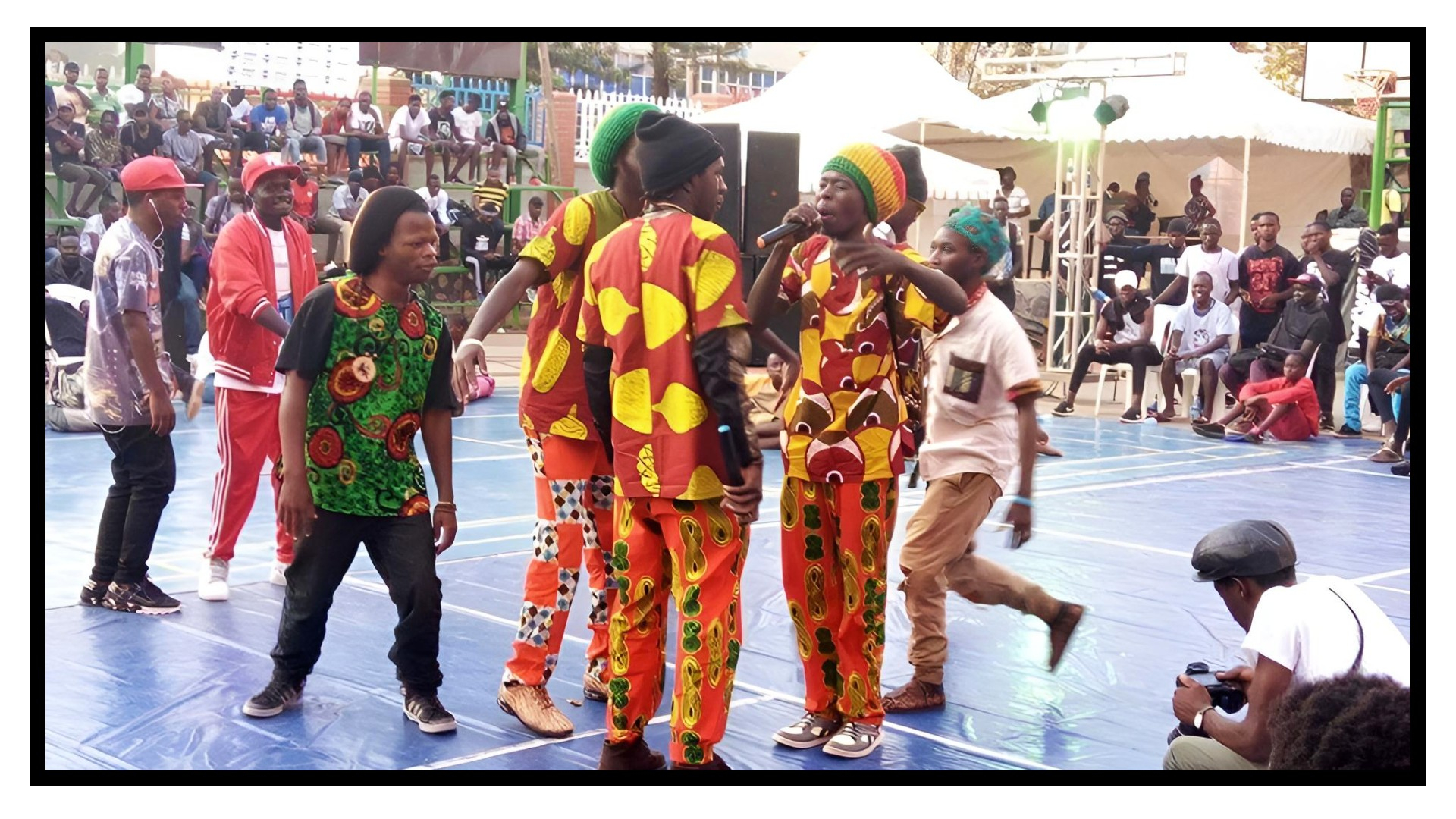A music video review
Fuse ODG features Damian Marley in the Afrocentric song, 'Bra Fie' (Come Home). This is a review of the music video in an attempt to bring to light the symbolic elements with which it is laden.
In recent times, not many music videos can be said to be as telling. There is so much to be gleaned from 'Bra Fie', that extracting every attribute of it proves to be a study in itself. However, like every art form, the video is but a depiction of the intangible elements of the environment, much of which goes unnoticed to cursory observation. ‘Bra Fie’ tells of the consequence of colonialism in uprooting the African and transplanting him onto foreign soils that are rendered unfavorable for him by racial stereotyping and every other artificial and systemic construct that diminishes a people’s ease of accessing opportunities.
‘Bra Fie’ tells of the consequence of colonialism in uprooting the African and transplanting him onto foreign soils.
The video kicks off theatrically with rich cinematography and high picture quality, accompanied by Afrocentric instrumentals. Children are depicted playing under the supervision of a man seated on a throne with his wife standing to his right; a position of importance which women are allotted in traditional African societies. There are a handful of young ones too; evidently aimed at representing a youthful age group. Everyone is dressed richly and adorned with some piece of jewelry, and evidence of an absence of poverty in almost every traditional African social structure. Gold and articles of treasures abound about the place. Generally, it is an air of contentment and peace amidst abundant wealth that is depicted.
The camera cuts to an approaching band of strangers advancing stealthily. They are dressed in the regalia of colonial soldiers, complete with pistols and rifles. The man on the throne senses impending threat before everyone else does. Perhaps this is intended to show the advanced level of spirituality demanded of leadership in traditional African societies. While the others are yet to perceive the threat, the man rallies fighters to fend off the advancing threat. They obey, even though they appear to not have seen the object of danger. This is apparent in the trust in the system and the sanctity attributed to leadership.
In recounting the tales of early colonialism, the resistance of the natives against the colonialists is often sadly omitted. Many theories may come up as to the reason why this is so, but this video gives that stage of the colonial story some credit. We see where the leader with his wife and daughter, in the heat of battle are making their escape, but they come face-to-face with a soldier with a rifle. The soldier sees the leader as a prime threat, and the leader, on noticing this, holds up his arms in surrender thus buying time for the woman and child to escape. He wrestles the soldier, overpowers him, and makes way to join his wife and child.
In recounting the tales of early colonialism, the resistance of the natives against the colonialists is often sadly omitted ... but this video gives that stage of the colonial story some credit.
The story goes on to show the man making an escape with his wife and child through a tunnel, by a burning torch. Not far behind follows the soldiers, poised to kill and wreak lasting damage. This is very symbolic in many ways. In one way, it may symbolize how the intellectuals of African countries have had their homelands rendered nonconducive by the influence of colonialism and neo-colonialism that they have to flee far away from their ancestral lands for survival. This is given credence in the video in the part where the tunnel opens into another world; the West. On another hand, this scene can be said to be a depiction of the fact that in plundering the wealth of African territories for themselves, the Western powers have turned African countries into war theatres and the African man, by virtue of the need for self-preservation, continues to run further away from danger, and the only way away from the threatening danger does appear to be in the West and ironically, the originator and beneficiary of the plunder back home. This explanation does tally with the incidence of migrants braving the Mediterranean to seek asylum in Europe.
It’s imperative to point out that in the video, the door that served as a getaway into the West appears hardly used. This may serve to be symbolic of the fact that before the unwelcome invasion of colonialism, it is not common for Africans to cross the continent into Europe. It is not a far-fetched conclusion, considering that Africa was self-sufficient at the time and much of Europe was seething with turmoil arising from a desperate economic atmosphere following the Industrial Revolution. At the same time, there was a steadily rising rate of crime and criminality. Pollution and political upheavals were rife, occasioned by a populace discontented with the insulation of an aristocratic class from the rampant hardships. In the video, the man hesitates to go through that barrier. He considers forfeiting the step and facing the pursuing enemy, but then he thinks better of it and forges ahead, into a Western world that is obviously strange to him.
It may symbolize how the intellectuals of African countries have had their homelands rendered nonconducive by the influence of colonialism and neo-colonialism that they have to flee far away from their ancestral lands for survival
Racial profiling amongst other ills facing the African outside of his continent is depicted in the music video. Here we see the man now dressed to fit into his new environment, stripped of his traditional royal regalia. He sees a sports car. In awe, he draws close to get a feel of it but he had offset the alarm. Was the video intent on depicting this to mean that the African in trying to experience the niceties of his adopted Western environment, offsets the system that’s designed to exclude him from full participation in it? This premise may be given credence when one recalls that the Senegalese-American singer, Akon, in one of his interviews, said that America was never built for Africans. To further buttress this point in the video, it is shown that once the alarm went off, the police appears with pistols drawn. They wrestle the man to the ground and cuff his hands behind his back while a crowd gathers and do nothing but broadcast the live happening on their social media platforms. This might be said to be another point in favor of social profiling as expressed in the video.
The music video is telling. It goes to tell about the state of affairs in Africa before the coming of colonialism and neo-colonialism as we have now. It tells the present state and dilemma of the African who braves the paths that lead away from his shores, into the West. However, it doesn’t end without pointing a way forward. Perhaps this is meant to make a change from blaming the Western powers and hoping that someday they would repent from plundering the wealth in African and turning it into a theatre for conflict. Who knows? Maybe it is meant to offer hope or proffer a solution in pointing out that the African has to return home and bravely face the option of setting right the conditions that drove him away from his lands. As shown in the video, the man had escaped from the police, still cuffed. He finds his lonely wife and his daughter who’s contending with playing with a blonde doll. Together, they make their way back through the door. Back in Africa, his cuffs are gone. He is free and there is a new and strong resolution in his eyes and in those of his wife and daughter.

